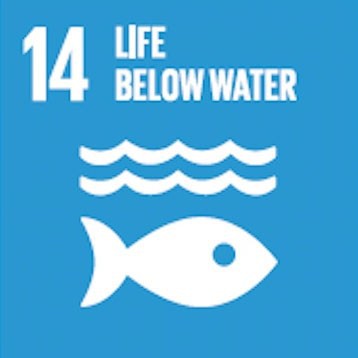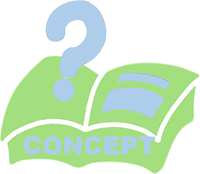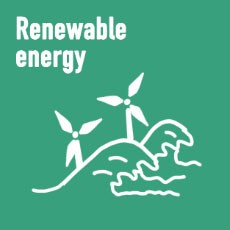Life below Water

This goal is about protecting the maritime habitats and ecosystems and improving the income of fisheries. It supports the reduction of the impact of industry on water bodies by introducing sound water management systems and technologies and encouraging regional partnership and capacity building.
Concepts and case studies under SDG 14 are as follows:
Marine resources

Marine resources are materials and attributes found in the ocean that are considered to have value, whether that value is intrinsic or monetary. They include a huge number of things: biological diversity, fish and seafood supplies, oil and gas, minerals, renewable energy resources, tourism potential and unique ecosystems like coral reefs (Qamar , 2018). The ocean is the largest ecosystem on Earth; it is the planet’s life support system. Oceans generate half the oxygen we breathe and contain more than 97% of the world’s water. For this reason, the diversity and productivity of the world’s oceans is vital for humankind (Marine Conservation Institute, 2019).

Overfishing in Hong Kong

Marine renewable energy
Sustainable consumption

Sustainable consumption refers to 'the use of services and related products, which respond to basic needs and bring a better quality of life while minimizing the use of natural resources and toxic materials, as well as the emissions of waste and pollutants over the lifecycle of the service or product, so as not to jeopardize the needs of further generations' (UNEP, 2010). Sustainable consumption is not just about buying more sustainable products, but also refers to ways of living that improve upon mainstream consumption practices.

